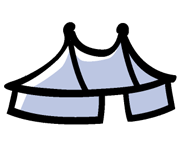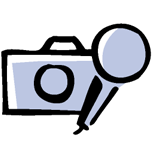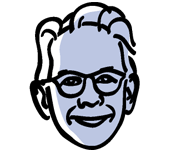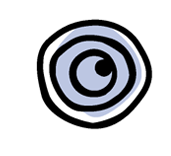Théâtre online.com13 October 2009
The art of the circus
 "L’atelier du peintre" (the Artist’s studio) asks questions about representation and art in general, holding a mirror up to us, something that isn’t always comfortable", says Bernard Kudlak, the director, in the programme notes available on the Cirque Plume website (strongly recommended for all those who enjoy reading the anguished and earnest peregrinations of a fevered brain!). Bernard Kudlak has come up with his ninth winning formula. Thinking hard, letting things settle for a while, before finally coming up with a work that is subtle, peppered with allusions to painters and their work, but where no-one feels out of their depth because, even if you know nothing about art, the magic still works.
"L’atelier du peintre" (the Artist’s studio) asks questions about representation and art in general, holding a mirror up to us, something that isn’t always comfortable", says Bernard Kudlak, the director, in the programme notes available on the Cirque Plume website (strongly recommended for all those who enjoy reading the anguished and earnest peregrinations of a fevered brain!). Bernard Kudlak has come up with his ninth winning formula. Thinking hard, letting things settle for a while, before finally coming up with a work that is subtle, peppered with allusions to painters and their work, but where no-one feels out of their depth because, even if you know nothing about art, the magic still works.
As if reflected in a set of mirrors, the painting by Velasquez known as Las Meninas sets the tone. Who is painting who? Who is the artist and who is the model? Then each performer stands inside a frame and poses. The show is crammed with tricks like that, and the audience can play the game of spotting them. It’s also worth noting that there’s a tendency to include works that caused a scandal in their day, such as the portrait of the Estrée sisters in which one of the girls is pinching the breast of the other in a surprisingly cheeky gesture, or Olympia by Manet, whose nudity shocked the public, and the prints by Klein that drenched female bodies in what was to become his famous trademark blue. And so the pictures are paraded, leaving their frames and even become climbing material.
But Plume isn’t content with showing us known works; it creates paintings on bodies, on canvases, an orgy of colour, pictorial explosions that have the improbable art lover in raptures (the irony of the director’s attitude to a certain kind of modern art is just about perceptible!). The images are wonderful, magical and sometimes surprising in their quality, such as the pair of clowns who draw each other in the midst of a ballet of brushwork in the final scene.
Not forgetting the circus routines. Of superb technical and aesthetic quality, they are quite stunning. Kristina Dniprenko seems to have been born on her German wheel, Antoine Nicaud shows off impressive muscles as he dangles from his aerial straps, giving a fine impression of a tortured artist caught between demon alcohol and despair, and finally Tibo with his amazing juggling act, in which his juggling balls become musical instruments in perfect harmony with the xylophone.
The music is itself a work of art since it was composed with the same sharpness and intensity by Robert Miny. There is meaning in everything and everything means to make a noise: broken glass, bottles, sand and even bits of polystyrene that screech against a mirror. The mirror, time and time again, is used as a bridge between the artist and his work, between the spectacle and the spectators, and that strange mystery that makes it strike a chord in all of us…
Stéphanie Richard
